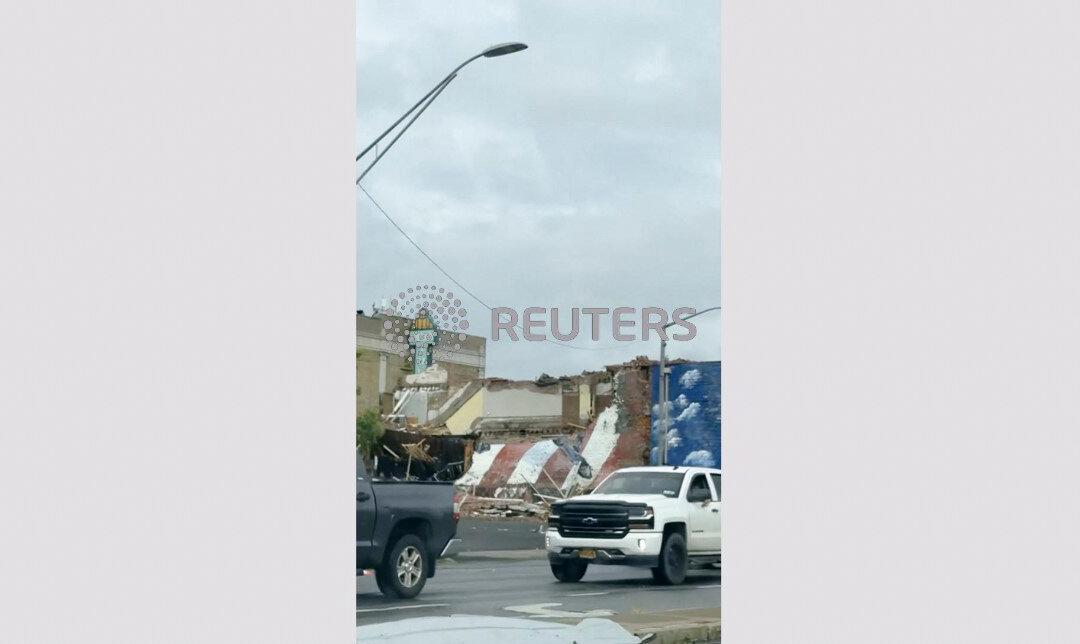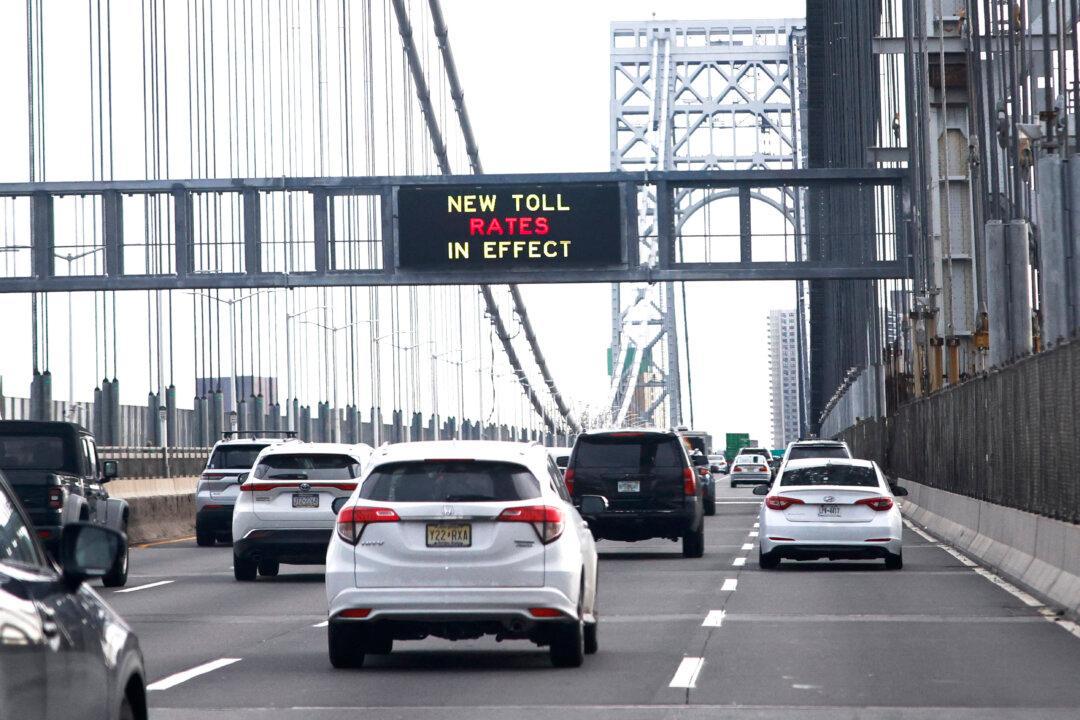As Upstate New York area residents struggle to contain the damage from the four tornadoes that struck their counties earlier this week, provoking Gov. Hochul to declare a statewide state of emergency and deploy the National Guard, citizens in the path of the storms have voiced a range of reactions. Some praised the governor’s response, while others pointed out distinct limitations in the state’s emergency response infrastructure.
Tuesday’s severe storms that continued into Wednesday ravaged Oneida, Hamilton, and Warren Counties, west and north of Albany. They left one person dead in the village of Canastota and more than 325,000 residents in the region with limited electricity or no power at all.





